The Biden-Harris President’s Management Agenda (PMA) lays the foundation for an effective, equitable, and accountable government that delivers results for all Americans through three main priority areas. The following blog post highlights the Transportation Security Administration (TSA)’s Passenger Experience Survey which played a vital role in identifying and improving customer interactions during passenger screening at checkpoints nationwide. This supports the work of PMA Priority Two, Customer Experience (CX).
TSA’s Commitment to Customer Experience
TSA is dedicated to safeguarding the nation’s transportation systems, ensuring freedom of movement of people and commerce. As a High Impact Service Provider screening over two million passengers every day, TSA hit a new record last Thanksgiving by screening nearly three million passengers in a single day at checkpoints across the nation. Acknowledging the connection between customer service and security, TSA believes that improving customer experience is integral to bolstering security. By strengthening customer trust, compliance increases, subsequently strengthening the security screening process and enabling officers to more efficiently identify potential threats. Recognizing this, TSA has established advancing customer experience as one of its FY 2024-25 Agency Priority Goals, signaling a heightened focus on customer-centric initiatives. These efforts are being formalized in a soon-to-be-published strategic roadmap.
TSA’s Passenger Experience Survey
TSA’s Passenger Experience Survey was conducted from May 1 through May 15, 2023, under the operational leadership of the Customer Service Branch, at 16 airports across the nation. The survey aimed to collect immediate, comprehensive, reliable, and shareable customer experience data without impacting security procedures at the checkpoint. With a total of 13,449 survey responses, passenger engagement exceeded expectations by nearly doubling the initial goal of 7,000 responses.
Survey Results and Key Findings
The overwhelmingly positive survey results highlight TSA’s commitment to protect and serve the nation’s transportation passengers and demonstrate the agency’s dedication to customer-driven improvements through the application of human-centered design. Initially launched to identify customer pain points during passenger screening, the results provided valuable insights into the drivers behind passengers’ responses to the survey. Notably, data analysis indicates that passengers value more than just efficiency and short wait times at the checkpoint when it comes to having confidence in a TSA Officer’s ability to keep air travel safe.
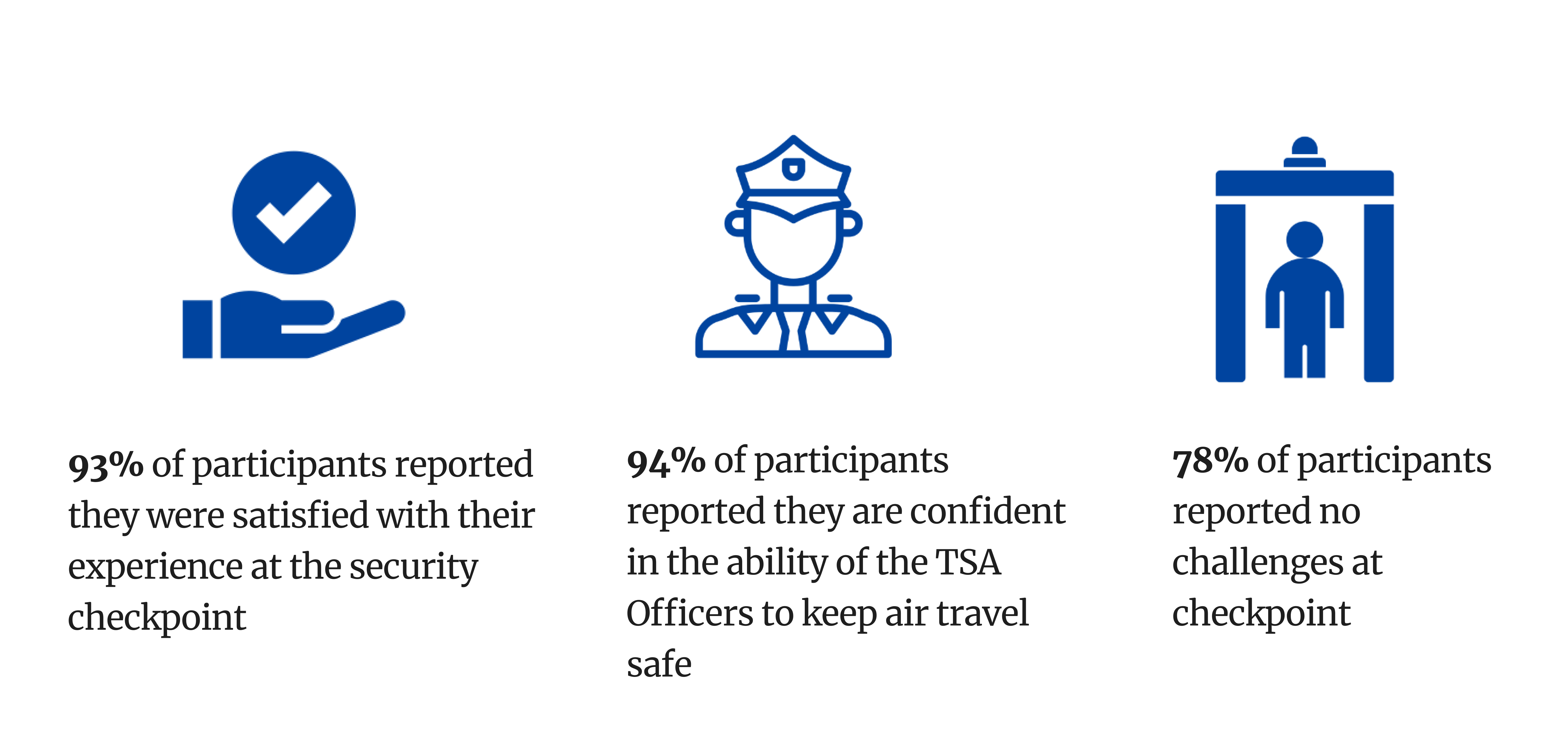
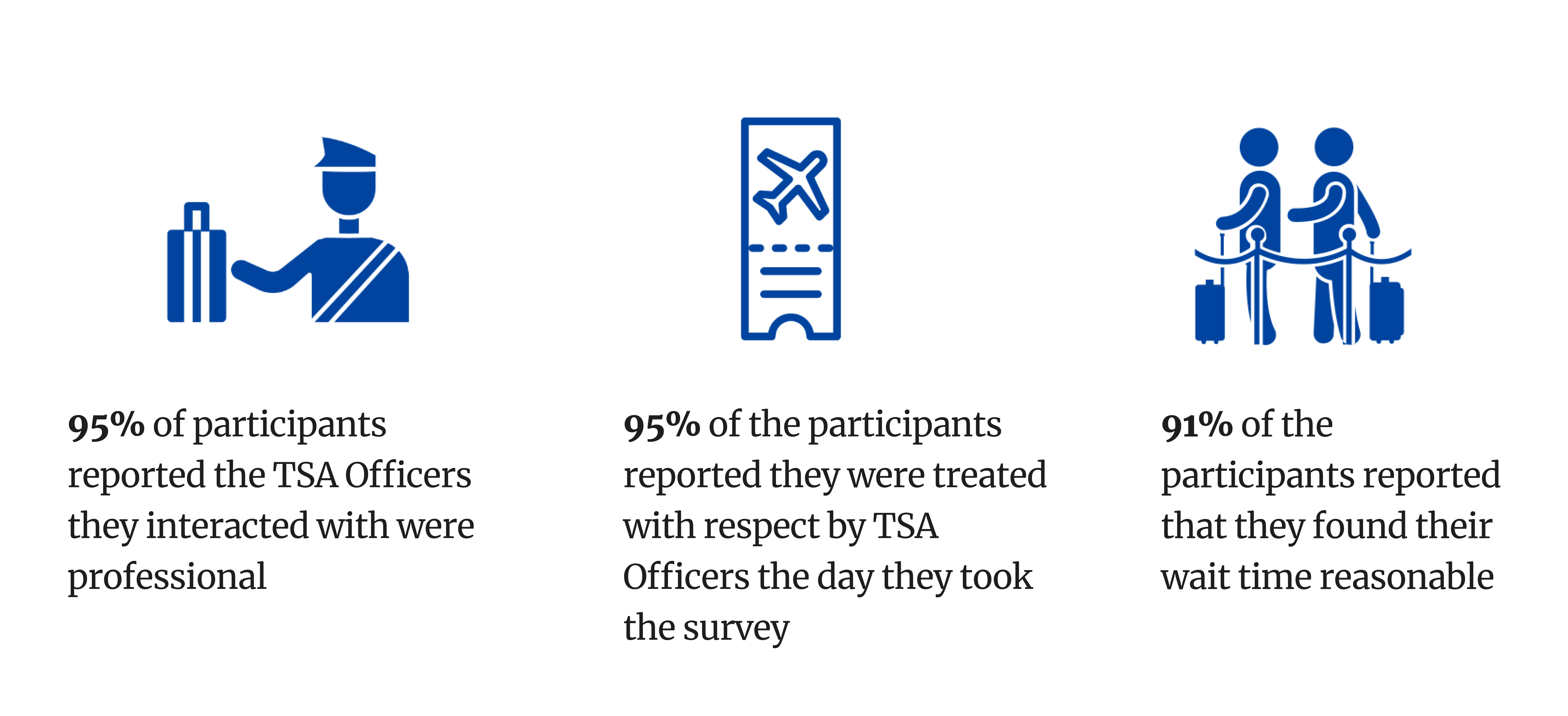
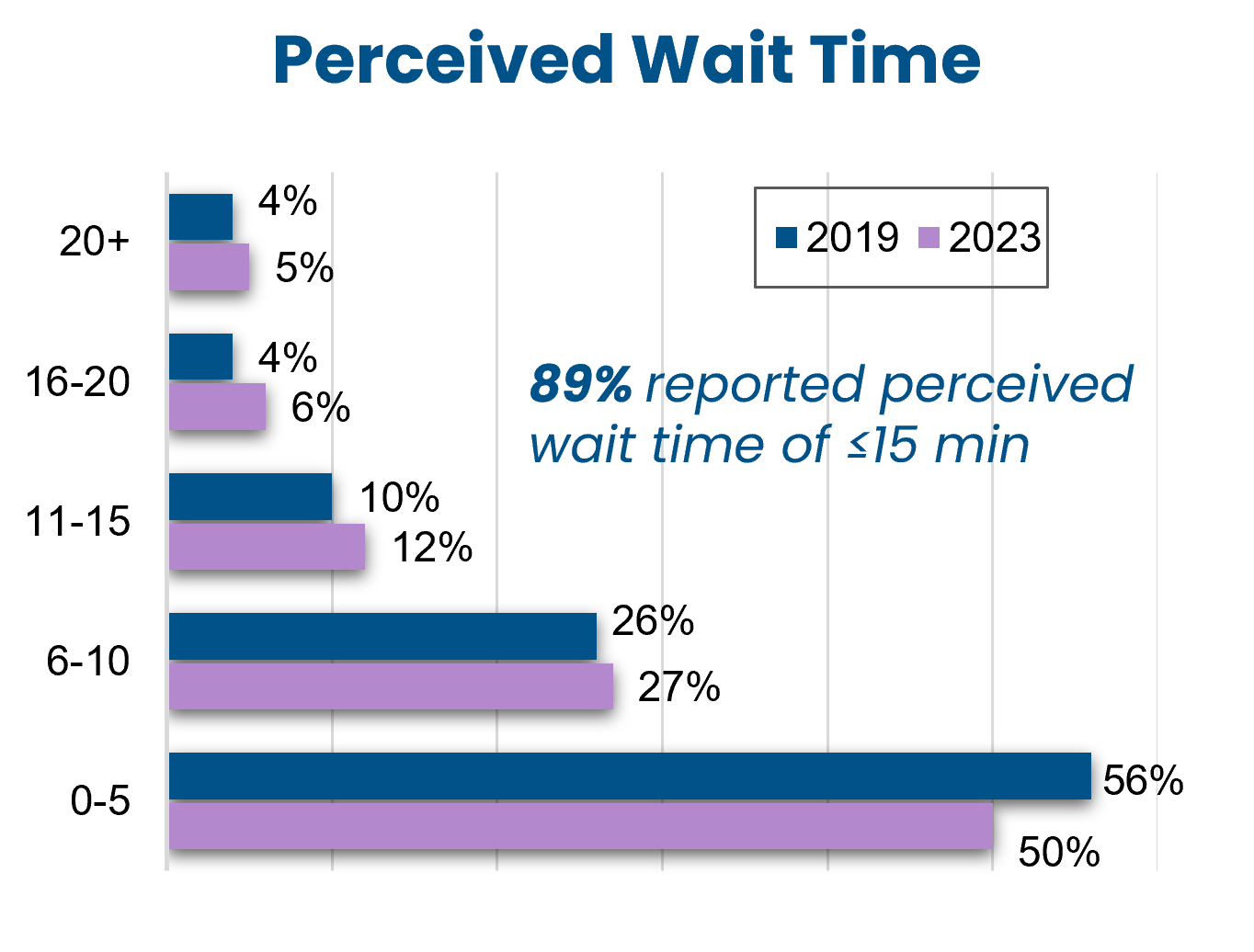
Moreover, TSA found that responding to the survey also proved to be an educational experience for customers, as it helped them identify the touchpoints that TSA is able to influence at the airport. From parking to takeoff, there are a million touchpoints at an airport that can impact a traveler’s experience. Participating in the survey helped customers understand that TSA’s sphere of influence is concentrated on the checkpoint, the design of which is frequently dictated by airports.
Explanation of Screening Requirements and Procedures
The findings regarding the explanation of screening requirements and procedures showcase a significant win for TSA’s customer experience efforts and the effectiveness of initiatives aimed at enhancing customer understanding. In line with this, TSA developed a customer experience training for its entire screening workforce, underscoring the crucial role of customer service in supporting TSA’s security mission. The training emphasizes the importance of clear communication regarding security procedures as a key tool for delivering excellent customer experiences. By December 2023, TSA had deployed the “CX Demystified” training to almost 16,000 staff members at airports nationwide and integrated it into the new hire basic training program at the TSA Academy.
Notably, the results of the 2023 survey showed a substantial 18% increase in the category of “understanding why additional screening was required,” reflecting the tangible impact of TSA’s CX training on the screening process (further illustrated in Figure 2). While other results showed a slight increase compared to previous surveys administered, the consistent pattern in survey results across assessments serves as a testament to the reliability of TSA’s initiatives.
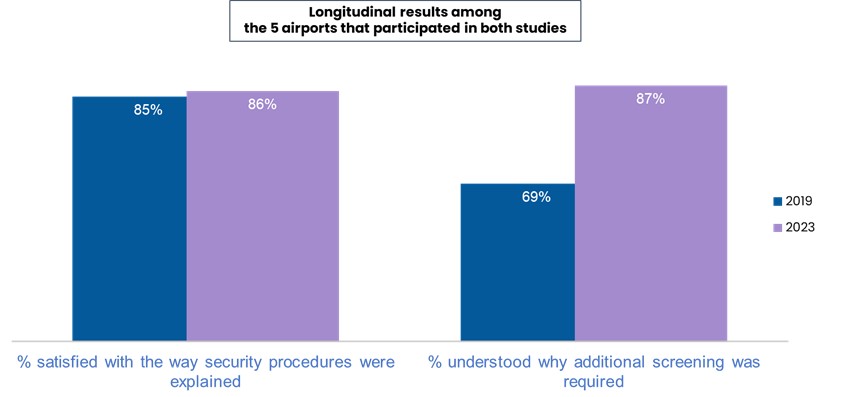
There’s More to CX than Meets the Clock
Data analysis revealed that professionalism, respect, and understanding of security procedures have a stronger impact on passenger confidence than reasonableness of wait time (Figure 3). While TSA remains committed to promoting minimal wait time, these results illustrate the importance of initiatives enhancing interpersonal communication and building trust among the traveling public.
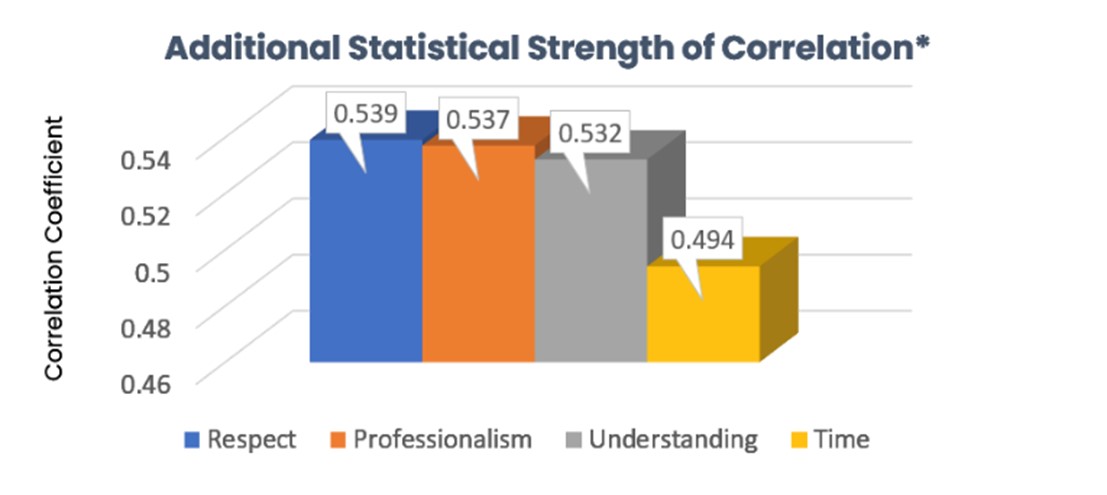
An Informed Way Ahead: The Future of CX at TSA
TSA is actively promoting the recent survey results internally to boost morale within the workforce as they approach the summer travel season. The focus is on acknowledging the workforce’s good work and highlighting the effectiveness of the agency’s implemented initiatives. Maintaining positive scores is a priority, evident in their new Customer Experience Agency Priority Goal, especially as travel numbers continue to rise. These survey results significantly influenced several strategic documents slated for publication this year, including the Department of Homeland Security’s mandated CX strategy “Designing and Delivering Improved CX for the Public” Policy Statement and TSA’s upcoming CX Strategic Roadmap.
Furthermore, the survey data will also be integrated into ongoing projects, such as the reevaluation of their landmark Employee/Customer Experience analysis and the development of a TSA-wide CX Metrics Dashboard. In 2020, TSA collaborated with the Office of Personnel Management and the Office of Management and Budget to compare the Federal Employee Viewpoint Survey Employee Engagement Index with customer data from the TSA Contact Center. The new Passenger Experience Survey data may provide fresh insights and identify national best practices.
For more information stay tuned to Strategy 1 for updates on High Impact Service Provider work across government.
Stay Informed
Follow along with Performance.gov on LinkedIn and Twitter (X) as we highlight different agencies and their goals. We will continue to update Performance.gov quarterly with progress on agency and PMA priorities and strategies.
Subscribe to our newsletter to receive updates in your inbox.




